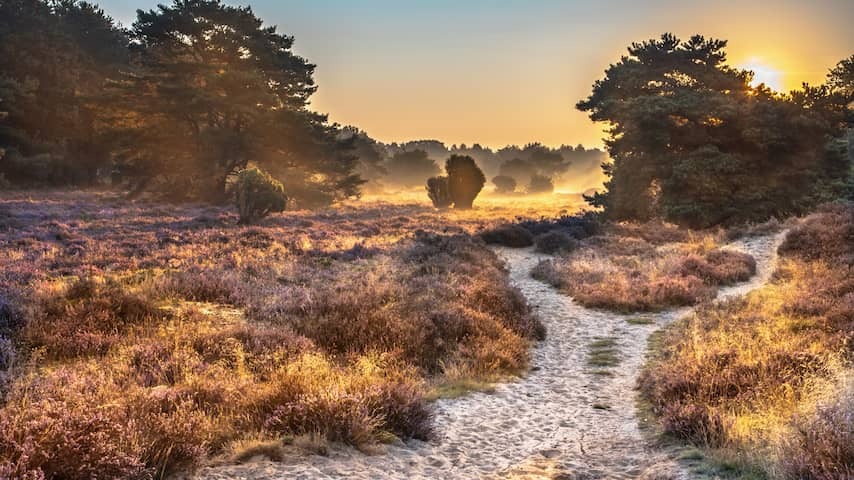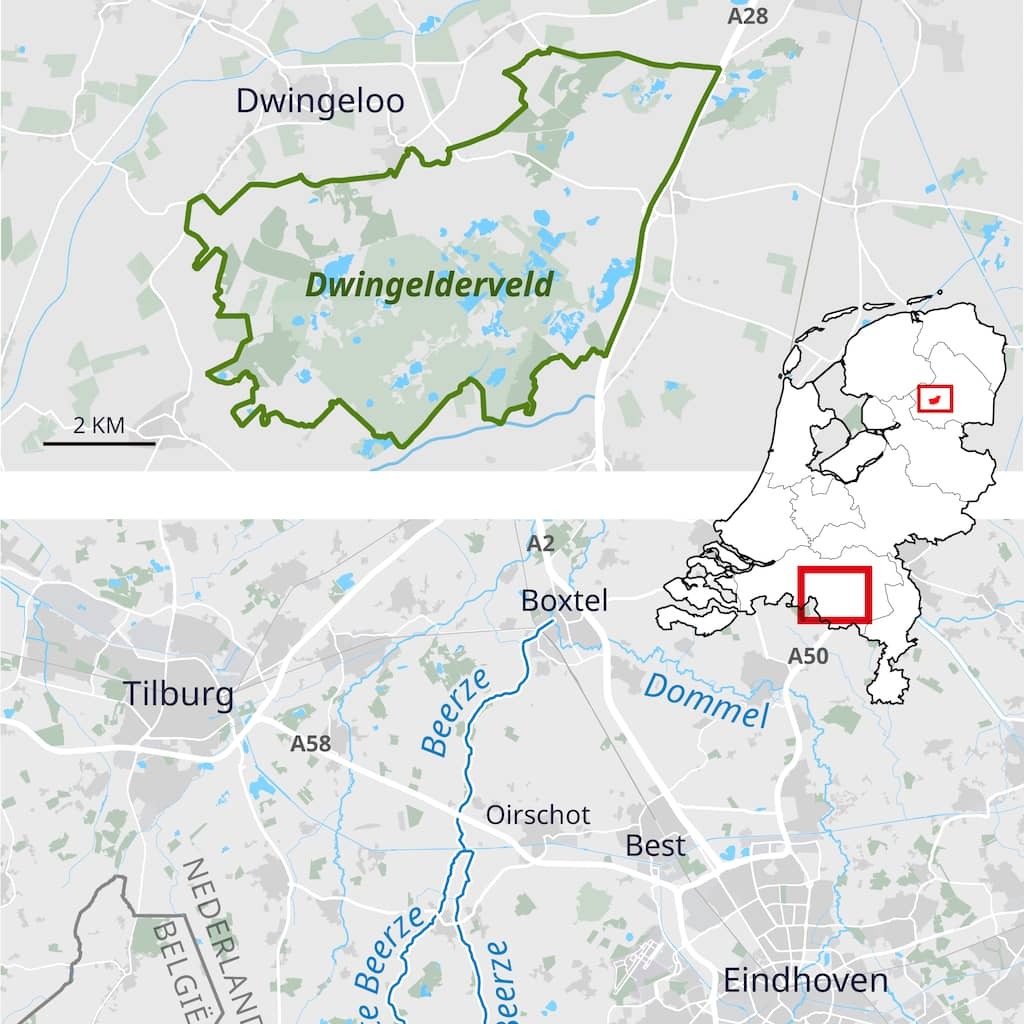
In Many Places in the Netherlands, Work is Being Done on Nature Restoration. This proves to be QUITE POSSIBLE. But it requests a lot of research, collaboration, and space. As a result, the risk of short-term success is never far away.
“It’s not that difficult to compile a long list of success stories,” Says Natuurmonumenten Spokesperson Fred Prak when Asked by Nu.nl. “But if we don’t eliminate the causes for the decline of certain plant and animal species, we won Achieve Much. Then nature restoration will be a short-lived success.”
“It’s good that there is now more awareness of the necessity of System Restoration,” Adds Hank Bartelink. He is the director of LandschapNL, The Collaboration of the Twenty Dutch Landscape Organizations. “The Big Question is not so much the costs or the knowledge required for this, but -specially the question of how to deal with negative environmental factors such as pollution.”
The Restoration of Dutch Nature Benefits from Having the Right Function in the Right Place, Says Allard van Leerdam. He is a landscape ecologist at Staatsbosbeheer. To Correct ‘Mistakes’ From the Past, You Should Therefore Somewhat Redesign the Landscape, He Continues. “That’s always difficult, because you have to do justice to the private interests that were there first.”
The Natura 2000 Area Dwingelderveld in Drenthe is, accordance to Van Leerdam, a prime example of how things used to be in the past. “Part of it was Given a ‘Wrong’ function from a landscape perspective.”
In Dwingelderveld, A ‘Mistake’ From the Past Was Corrected
Parts of the Soaking Headland Were Reclaimed for Agriculture in The Past, The Ecologist Explains. “To get the advertisement dry, millions of liters of water had to be drought through many kilometers or drainage canals.” The Result was a three-out Heathland in The North, managed by Staatsbosbeheer, and a three-out area or Natuurmonumenten in The South, With Agriculture in Between.
About fifteen years ago, it was Possible to change that and move the agricultural function. Since then, The Dwingelderveld Has Been a Contiguous Nature Reserve Again and “The Sponge Effect of the Landscape” Has Been Restored, Says from Leerdam.
The Dwingelderveld National Park is Now Considered a Success Story. Gentians and Valerian, Very Rare Plant Species, For Example, Have Returned.
But The Dwingelderveld also shows how diffcomulent complete nature restoration. “The Gentian Blue Butterfly Does Fly Around Again, but this weird butterfly can only reproduce if there are also ant nests in the area. These are missing and cannot be easyht back,” Says prick.
New Habitat When the Stream Could Be A Stream Again
In North Brabant, Work Has Been Done on the Beerze Stream for the Past 25 years. This has led to the return of weird stream-dependent species, such as the club-tailed dragonfly (a weird tarragonfly) and the bullhead.
“The Beerze was in A Straitjacket, But Can Now Be a Stream Again. The Water Has Been Given Space,” Says Chris Van Turnhout, Ecologist at Natuurmonumenten. “This has Restarted Natural Processes Such as Flooding, Erosion and Sedimentation. The Natural Watercourse also returned.”
Many Plants and Animals Have Thus Found Suitable Habitat Again, Such as the Burbot. “To Spawn, This Fish Species Benefits from the Shallow Layer of Cold Water That Is Created When Floodwater Slowly Subsides. Such A Habitat had Become very weird,” Explains of Turnhout.

Stream Needs An IV Drip Duration Dry Summers
The Beerze is a natural stream that is Fed by Rainwater and Groundwater. But Due to Climate Change, The Beerze is Increasingly Falling (Almost) Dry.
The Seepage – The Groundwater Flow that comes from the Subsoil – Used to Ensure That Streams Did Not QUITE DRY OUT DURING DRY SUMS, SAYS OF TURNHOUT. “
The De Dommel Water Board Saw Itelf Forced to Drill A Groundwater Well in August. This Allowed the Beerze To Be Temporarily and Artificial Fed With ‘Survival Water’. But the Question is how future-proof this is ‘solution’. “We are now putting the stream on an iv drip,” Says Prak.
“We see that as an extreme emergency solution,” adds van Turnhout. Accordance to him, the problem of structural and long-term groundwater level decline is indeed recognized, but not enough action is being tasks. “We need to be more economical with water, Discharge Less, Hold the Water More Carefully in the Spring and Distribute It Better Among The Users.”
Also bottlenecks in Dune Nature
The Problem of Groundwater Level Decline is not limited to North Brabant. Also in The Westduinen, on the head of Goeree-Overflakkee, The Advertisal Consequences are Being Experienced. “Due to a Lower Polder Level and Water Extractions, Pools and Moist Areas Dry Out too Early in An Average Year,” Says a Spokesperson for Landscapesnl.
As a result, the reproduction and presence of certain animals and plants, such as amphibians, dragonflies and orchids, are endangered. “By reducing extractions and a higher water level in a buffer zone around the westduinen, this vulnerable type or water-disposal nature can be maintained,” The Spokesperson continues.